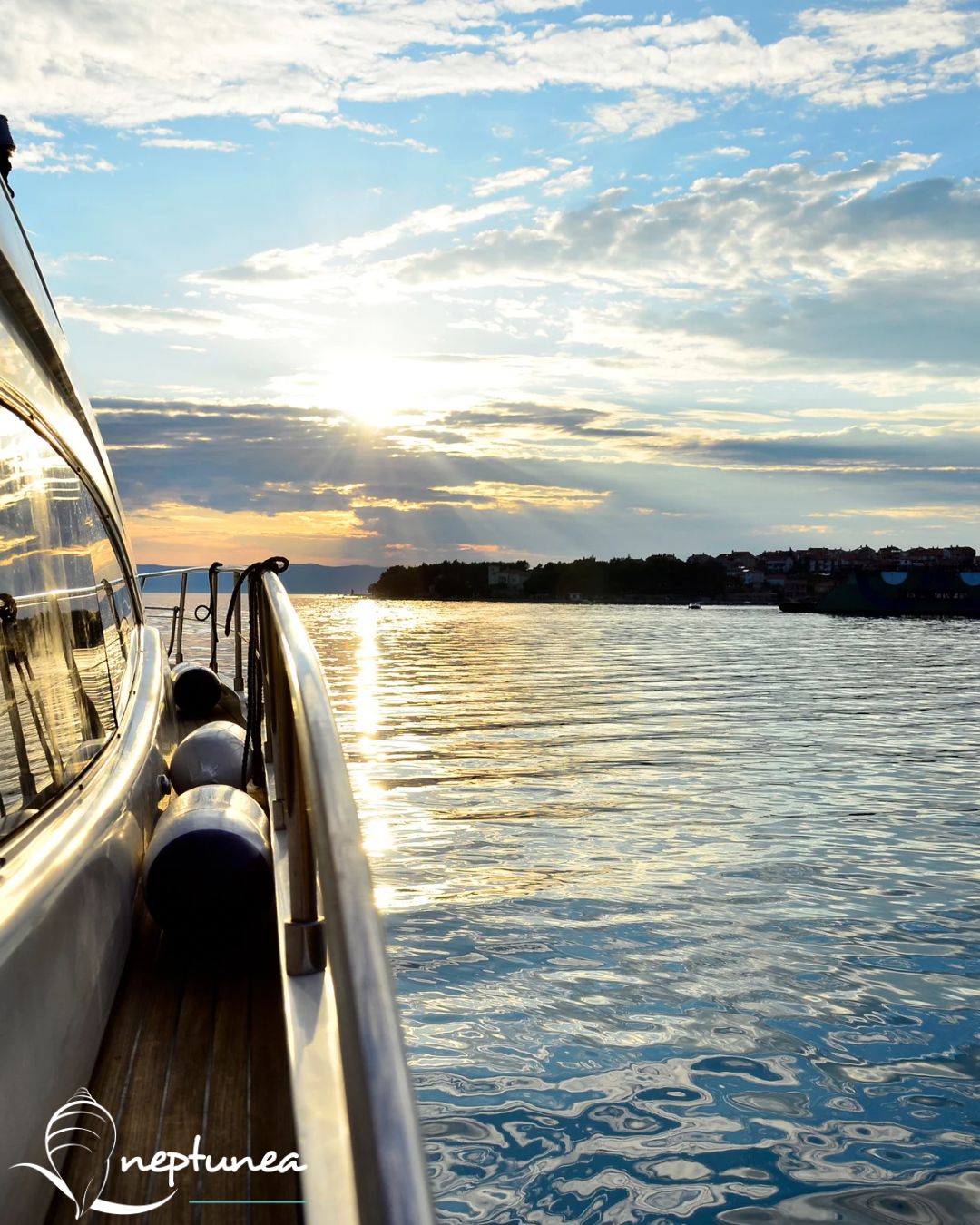Yachting, an activity often associated with luxury, adventure, and relaxation, has evolved significantly over the years, transitioning from simple leisure craft to high-tech marvels of engineering. The modern history of yachting is not just a tale of stylish vessels and wealthy owners; it is a reflection of technological advancements, changing cultural attitudes, and the growing popularity of water-based recreation.
Early Beginnings: The Rise of Pleasure Yachts
The history of yachting dates back to the 17th century in Europe, where it began as a pastime for royalty and the elite. The word “yacht” originates from the Dutch word jacht, meaning “hunt” or “chase,” referring to the light, fast boats used by the Dutch navy to pursue pirates along the coast. However, it wasn’t until the 19th century that yachting evolved into a popular recreational activity. In the early days, yachts were primarily used by the aristocracy for pleasure cruises, and the vessels were typically built for speed rather than luxury.
The mid-1800s saw the emergence of more refined designs, as well as the introduction of sailing yachts for recreational purposes. The birth of yacht racing during this period further shaped the direction of yachting, as high-performance vessels became the focal point of prestigious events. One of the earliest and most notable events was the America’s Cup, established in 1851, which remains one of the most important yachting competitions in the world today.
The 20th Century: Technological Advancements and the Boom of Luxury Yachts
The 20th century marked a significant turning point in the history of yachting. World War I and II influenced shipbuilding techniques, and the advancements made for military purposes trickled down to the world of leisure yachting. New materials like aluminum and fiberglass revolutionized yacht construction, making them more durable, lightweight, and faster than ever before.
Post-World War II, the development of motor yachts began to take off, further expanding the possibilities of recreational yachting. As engines became more reliable and powerful, it was no longer necessary to rely on the wind alone to power a yacht. This opened up the world of yachting to a broader audience, as people could now enjoy leisurely cruises without the technical expertise needed to sail. Motor yachts were not only faster but offered greater comfort, with luxurious interiors, private cabins, and expansive decks for entertaining guests.
Yachting during the latter half of the 20th century saw an increase in its association with wealth, status, and exclusive social circles. Iconic figures from various industries, including business, entertainment, and politics, began to invest in private yachts, and luxury yacht manufacturers began to emerge, offering bespoke services and cutting-edge designs. Brands like Feadship, Lürssen, and Benetti became synonymous with opulence and high-end craftsmanship.
The 21st Century: Innovation and Sustainability
In recent years, the world of yachting has entered an era of rapid technological innovation. The modern yacht is not only faster and more luxurious but is also an epitome of sustainability. With growing concerns over the environmental impact of marine vessels, the yachting industry has begun embracing green technologies. Hybrid engines, solar panels, and eco-friendly materials are now being integrated into yacht design to reduce carbon emissions and fuel consumption.
Additionally, the rise of digital technologies has made yachting more accessible and safer. Automated navigation systems, advanced satellite communications, and even augmented reality have transformed the yachting experience, making it easier to control and navigate vessels. Smart yachts now offer owners the ability to monitor and control various aspects of their boat, from the engine to the climate control systems, all from a smartphone or tablet.
In terms of luxury, the expectations of yacht owners have also evolved. The modern yacht is a floating palace, equipped with state-of-the-art amenities such as pools, gyms, spas, and cinemas. Some yachts even feature helicopter pads, submarine garages, and a crew of dozens to cater to every need. Yacht design has become a blend of art and engineering, with an emphasis on personalization and comfort.
Conclusion
The modern history of yachting is a story of innovation, transformation, and luxury. From its humble beginnings as a leisure activity for royalty to becoming a global symbol of wealth and prestige, yachting has come a long way. As technology continues to advance and sustainability becomes a key focus, the future of yachting promises even more exciting possibilities, ensuring that the appeal of this waterborne activity will endure for generations to come.


